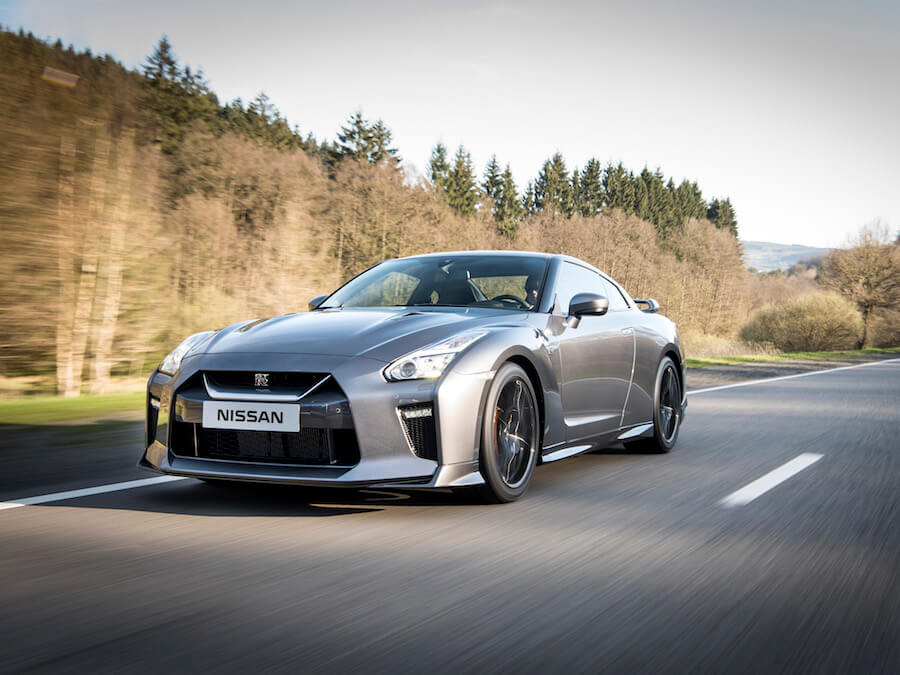Published on May 28, 2016
Nissan GT-R review
Godzilla gets a re-fresh, and not before time, as the R35 Nissan GT-R was launched way back in 2007.

Kyle Fortune
-->




















